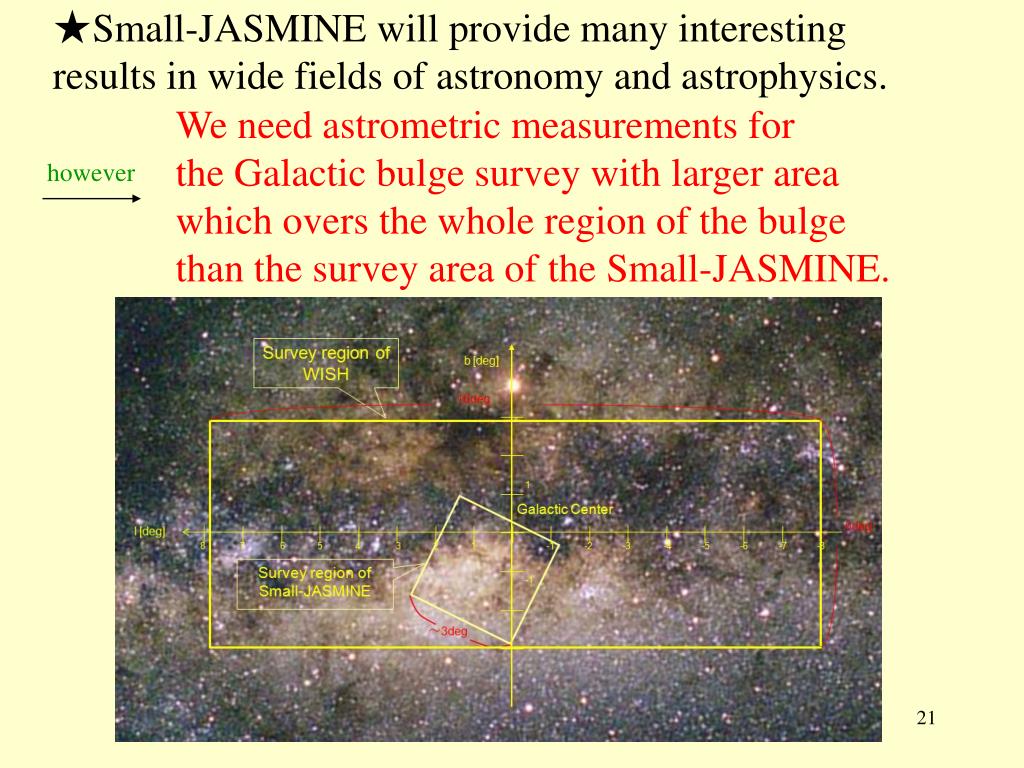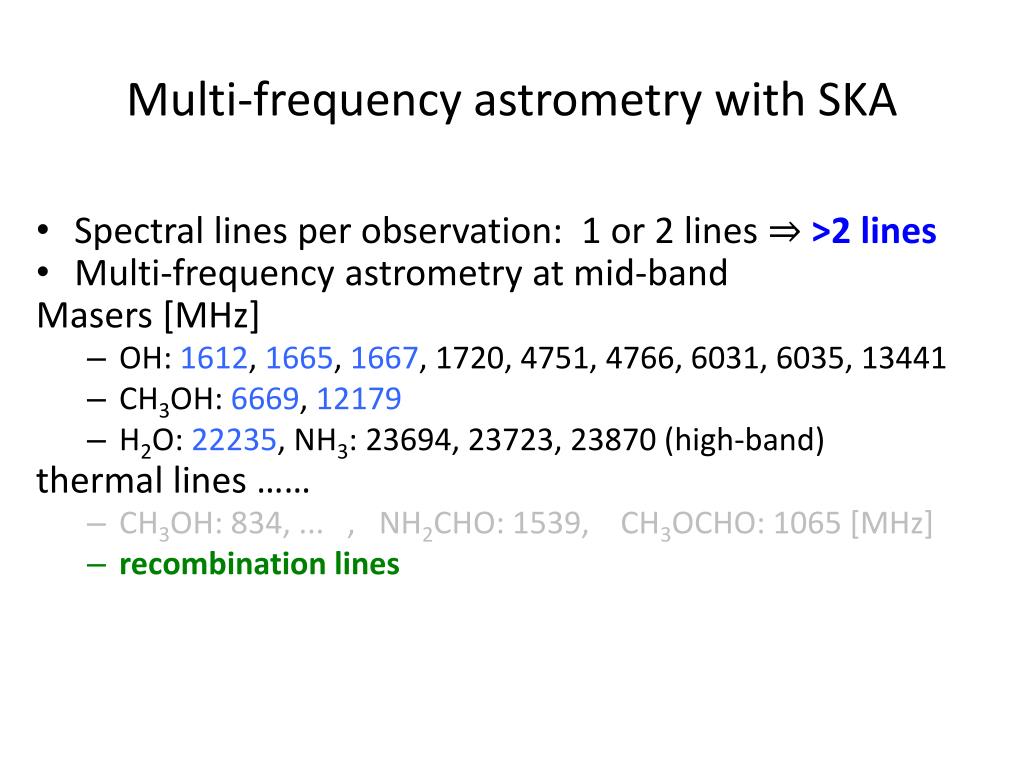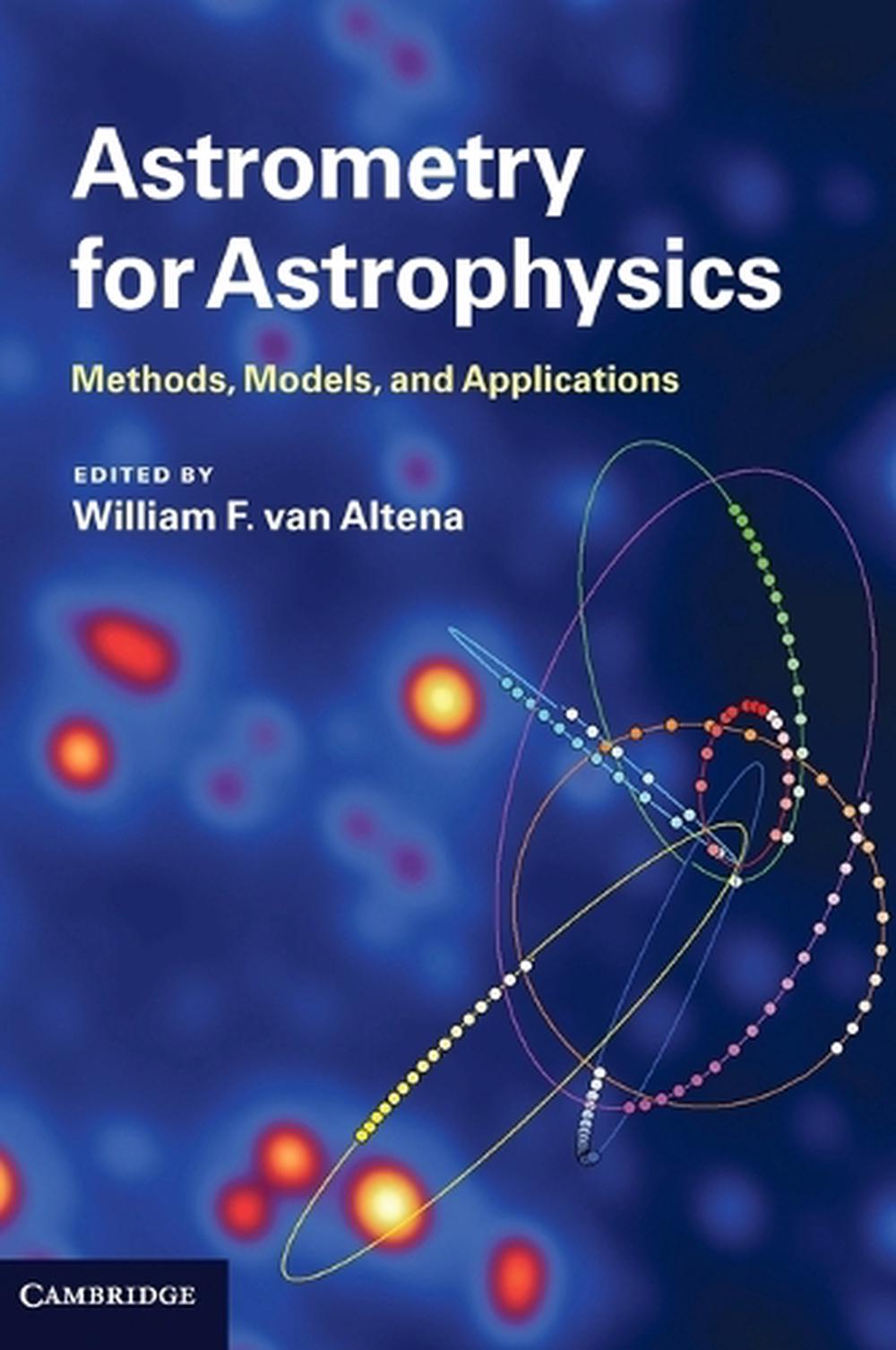

The beneficial use of KzF2 glass is an example of the successful research for the development of new optical media, which was pursued near the end of the nineteenth century in a collaboration between Otto Schott and Ernst Abbé. The lenses show a more pronounced curvature and are more difficult to manufacture. The third example is an improved AS type achromat (KzF2, BK7), which is similar to the E type in that it also possesses an air gap, however with an improved chromatic aberration correction in comparison to the Fraunhofer objective. The objective is critical with regard to the alignment of tip and tilt. As a disadvantage, the two additional glass–air interfaces lead to ghost images (reflected light) and Fresnell losses. The second lens is the Fraunhofer E type, which is characterized by an air gap between the two lenses (BK7, F2), which helps to optimize the image quality of the system, reducing spherical aberration and coma. It is still a useful objective for small telescopes, where a residual chromatic aberration is tolerable. The first lens is a classical C achromat, e.g., using BK7 and SF2 glass, which is essentially the design which was introduced by Hall and Dollond.

All lenses are groups 2 or 3, designed to compensate for chromatic aberration through optimized combinations of crown and flint glasses.

Figure 10 shows a sequence of lenses, indicating the progress of lens design developments from left to right. Refractors are first of all characterized by their objectives.


 0 kommentar(er)
0 kommentar(er)
